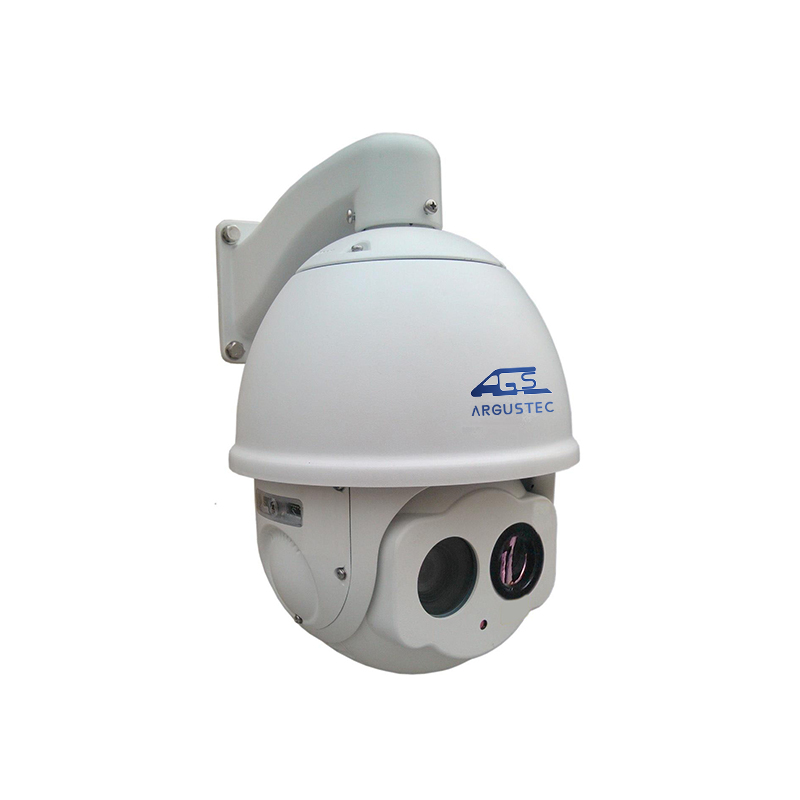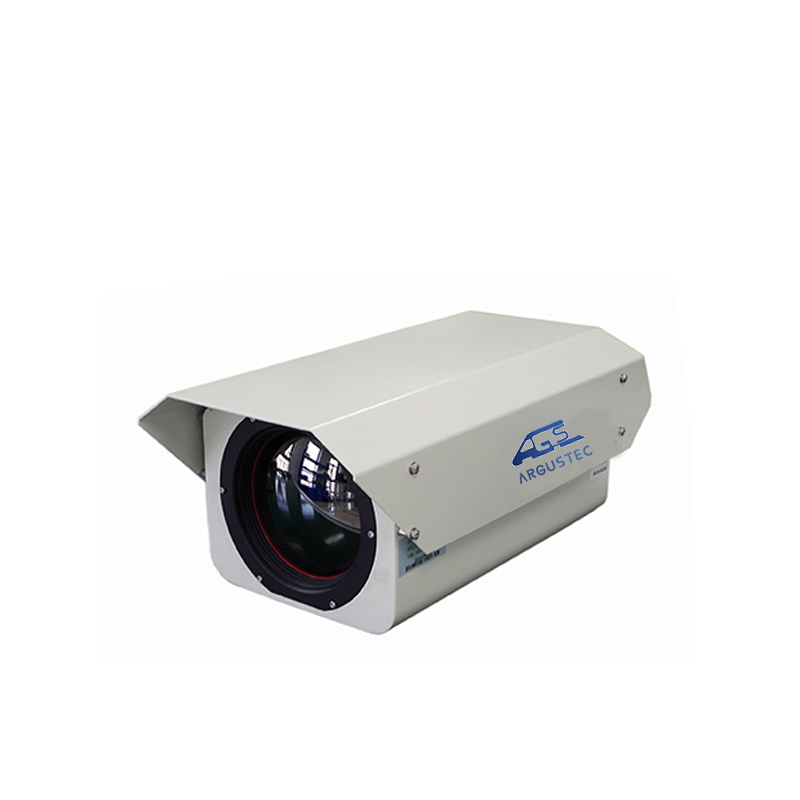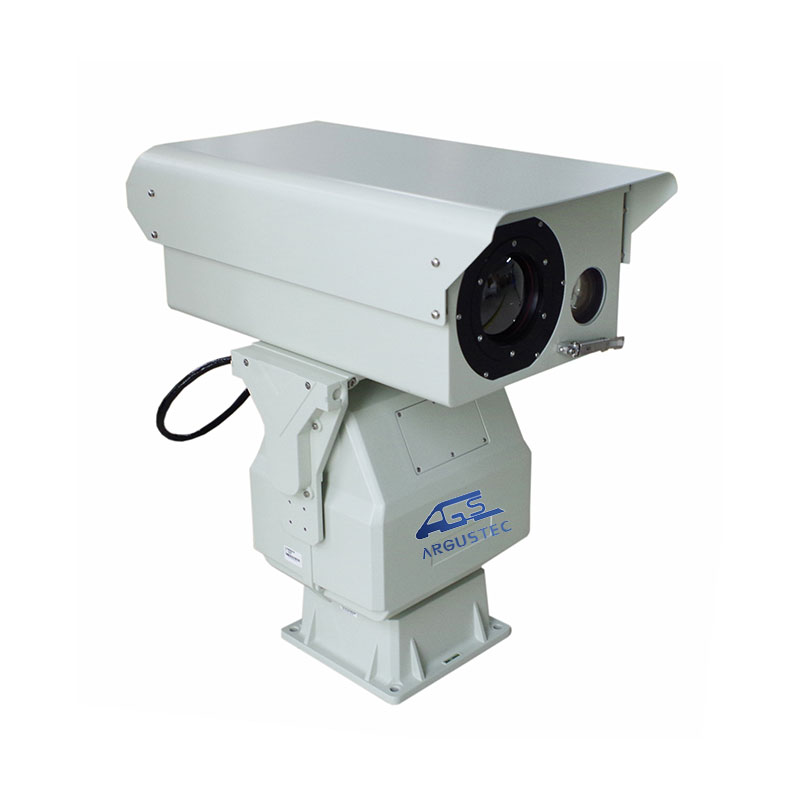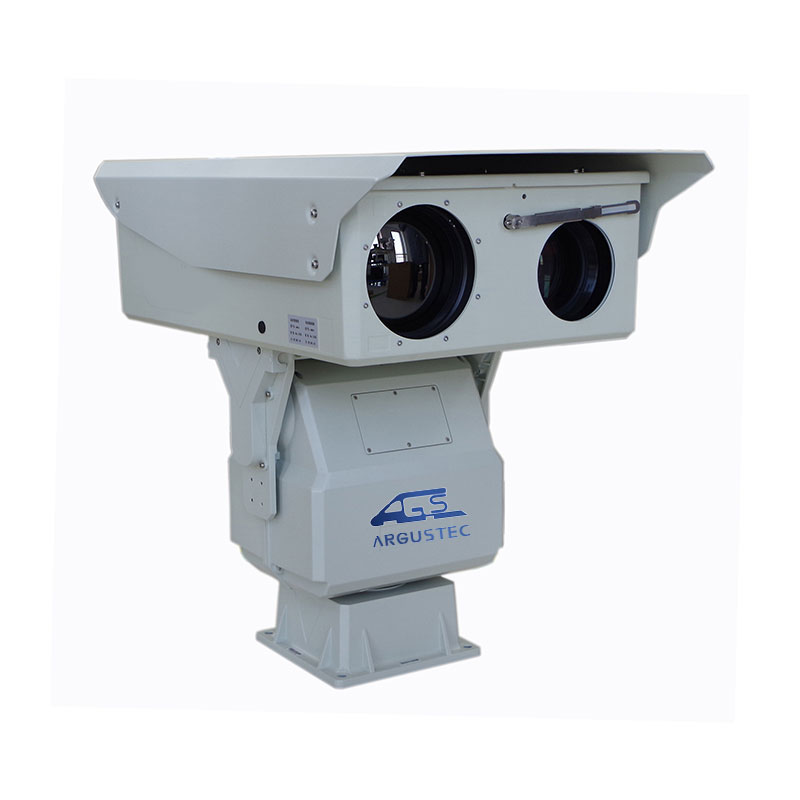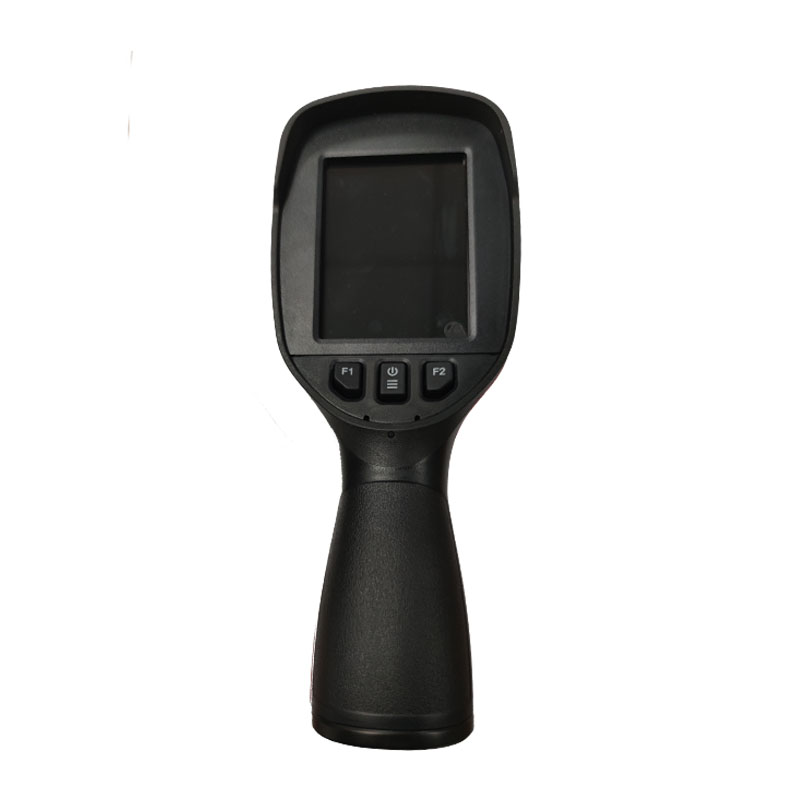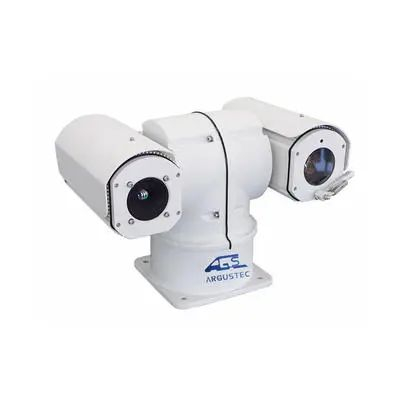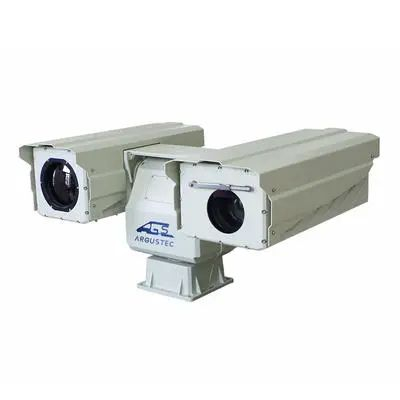We're going to dedicate ourselves to offering our esteemed shoppers with the most enthusiastically considerate solutions for hd Laser Night Vision Camera,
top hd Thermal Imaging Camera, With Audio Laser Night Vision Camera, Weatherproof Ir Optical Platform Camera, We have now deep cooperation with hundreds of factories all over China. The goods we give can match with your different calls for. Choose us, and we won't make you regret!, Niger, Vancouver, We've more than 10 years exported experience and our products and solutions have expored more than 30 countries around the word . We always hold the service tenet Client first,Quality first in our mind,and are strict with product quality. Welcome your visiting! In view of the shortcomings of traditional perimeter prevention technologies such as infrared/microwave cross-radiation,
The thermal camera is now divided into two main categories, portable and fixed. They are devices that collect images and
Now is the era of rapid technological development and information update. People are also keeping up with the times, and
In our life, the monocular thermal camera has many important effects on us, especially for those professional scanning c
More Information. SW1000 is a truly revolutionary, non-toxic, bio-degradable liquid alkaline cleaner. Use it on any job, big or small to remove light distillates, mineral oils and heavy grease on all surfaces including metal, plastic, wood and painted surfaces. Removing the toughest grime, surfaces are left free of all contaminants.
So you have 3 methods to mount them: . 1. Bolt-on Mounts. If you have a rack on your vehicle, you can bolt your solar panels directly to it. You can use brackets to mount the solar panel to your rack, or you can bolt the solar panel frame directly to your roof rack:
The utility model discloses an anti-theft monitoring system for aquaculture, which comprises a culture greenhouse, wherein one end of the culture greenhouse is movably connected with a
Optical remote sensing of snow-covered surfaces dates back to November 1966 when the first map showing the extent of snow cover was plotted by NOAA, using satellite images taken by
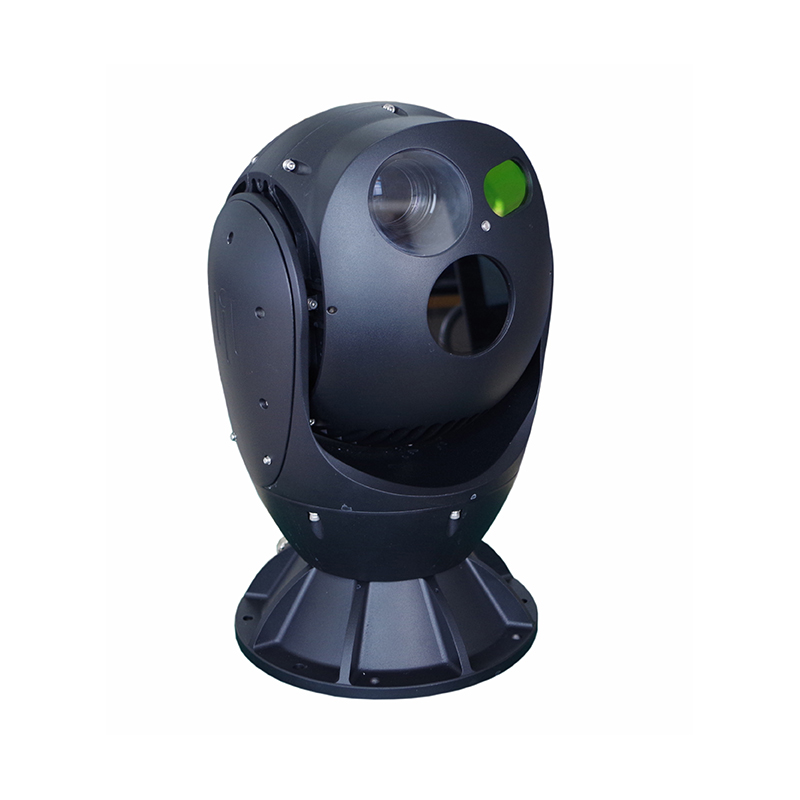
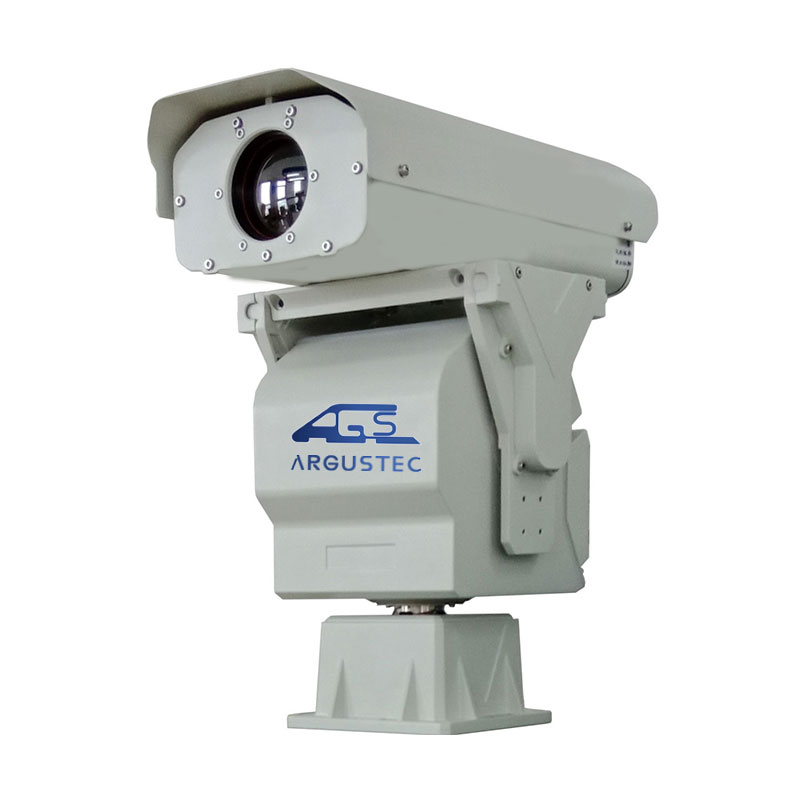

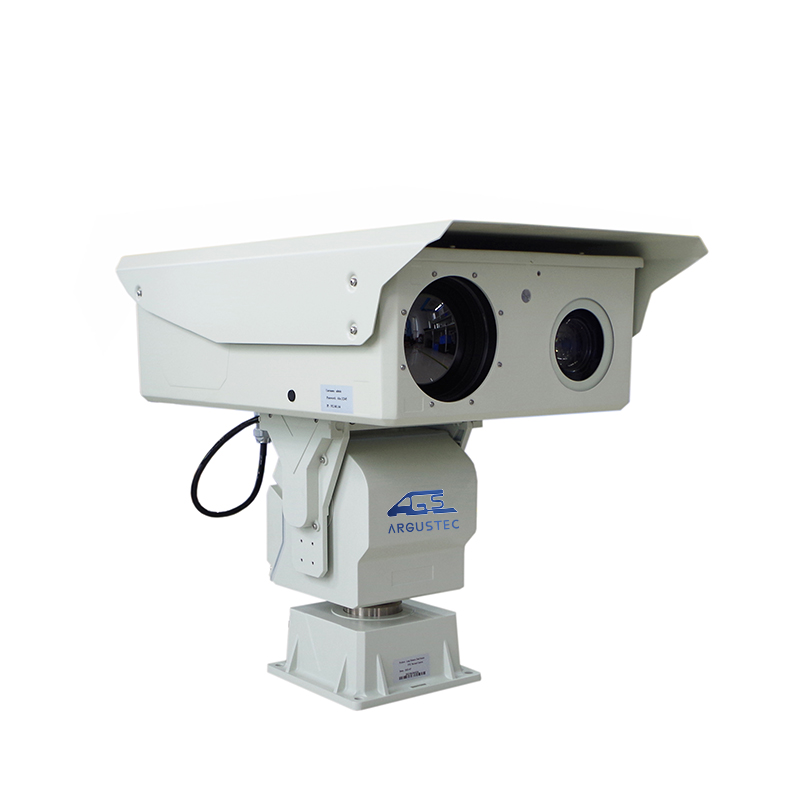

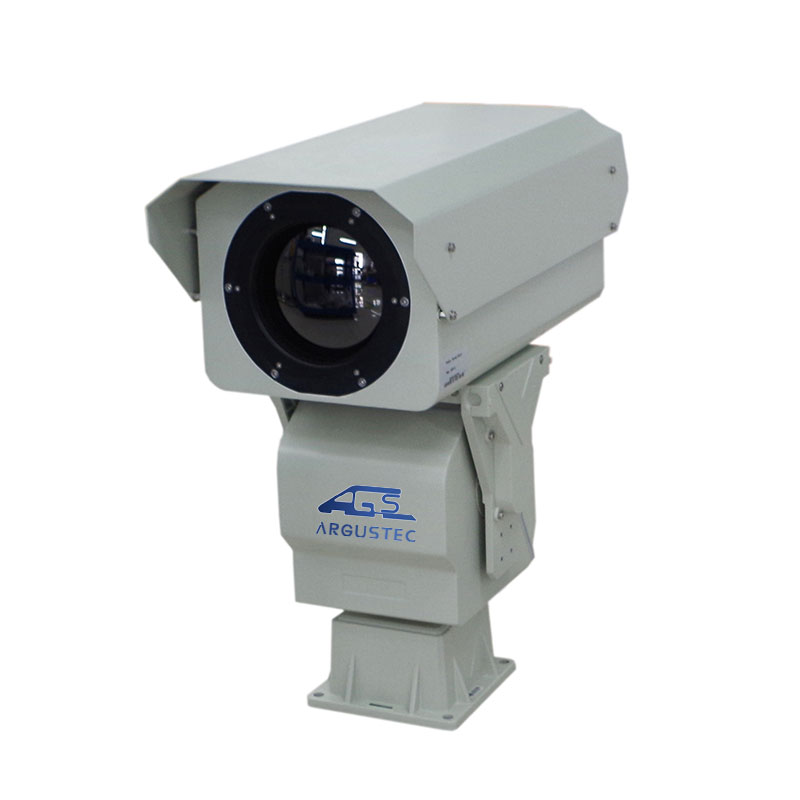
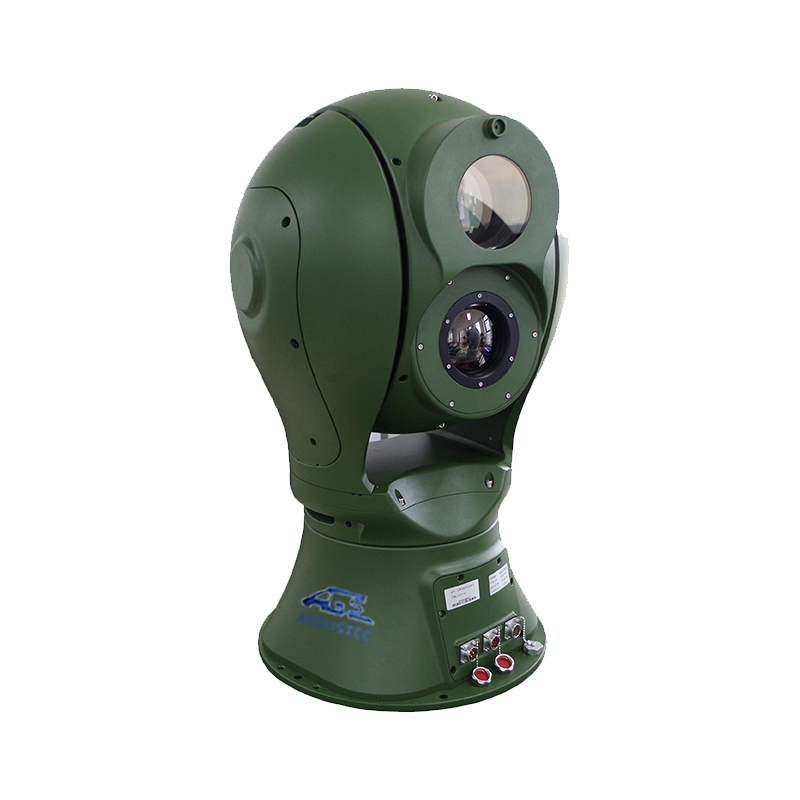





 English
English

